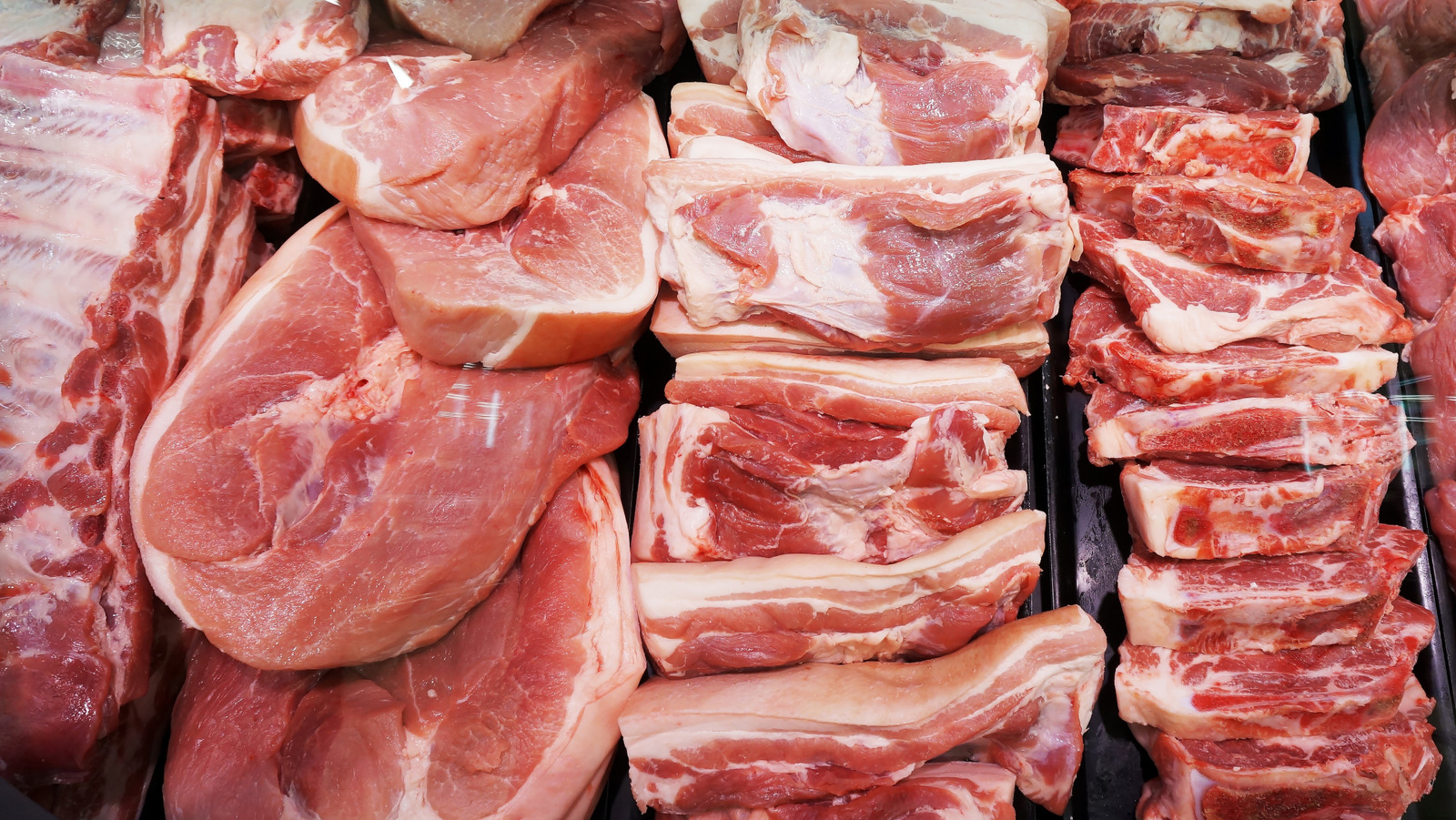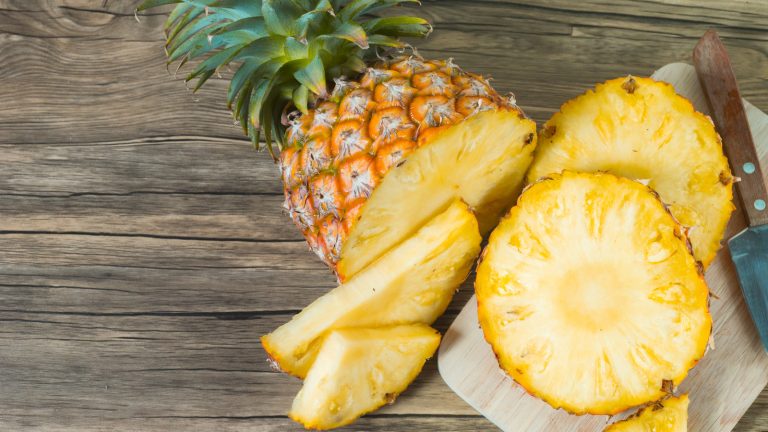Meat lovers may be familiar with the varied expressions of flavor that different cuts of meat can offer. Gamey is one descriptor used to describe the taste and smell of certain meats, and while some may be turned off by the term, others may appreciate the bold, wild flavors that these tangy and earthy presentations can offer. Generally, meat from animals that feed on grasses and pastures and those that consume predominantly grain-based diets will differ in taste, but some animals are ranch-raised to cultivate this gamey expression. What an animal eats (and how it lives) can influence whether or not it is considered gamey. Yet, not all gamey animals actually have the same taste.
Just as terroir manifests in wine, the environment of an animal similarly impacts its flavor. Whereas kept animals are often fed corn and grains, wild animals, such as deer and birds, feast on plants and berries in forests and pastures and thus develop differently. Plant-heavy diets tend to be correlated with higher antioxidant levels in meat. In addition to diet and the ability to roam, the taste of gamey meats taken from animals like ducks, wild turkeys, rabbits, bison, and elk can be influenced by the activity of the animal, as well as the preparation and cooking methods used.
Manipulating the flavors of gamey meat
The movement of an animal during its lifetime can impact the flavor of its meat. For instance, wild animals are more active, leaner, and athletic, resulting in muscles and tendons that are more developed and defined than an animal that has lived in more confined areas. Similarly, hormones like the testosterone present in mature deer can result in gamier-tasting slabs of meat. Beyond the animal itself, the way in which meat is prepared and cooked can affect each bite.
If a hunted animal is cleaned quickly after its kill, the meat won’t taste as gamey as one that has been left for the better part of the day before it is processed. Additionally, dry-aging can coax more savory flavors from meat, while soaking and brining meat known to be gamey can also impact flavor. For example, you may be able to eliminate pork’s gamey taste with a vinegar soak or tame the gamey taste of venison with a simple milk soak.
Once any kind of gamey meat is prepared, specific cooking processes, such as roasting and grilling, can amplify these flavors. Conversely, slow-cooking recipes can turn down the volume of this element of taste. Keep this in mind the next time you tackle gamier meats in the kitchen.






